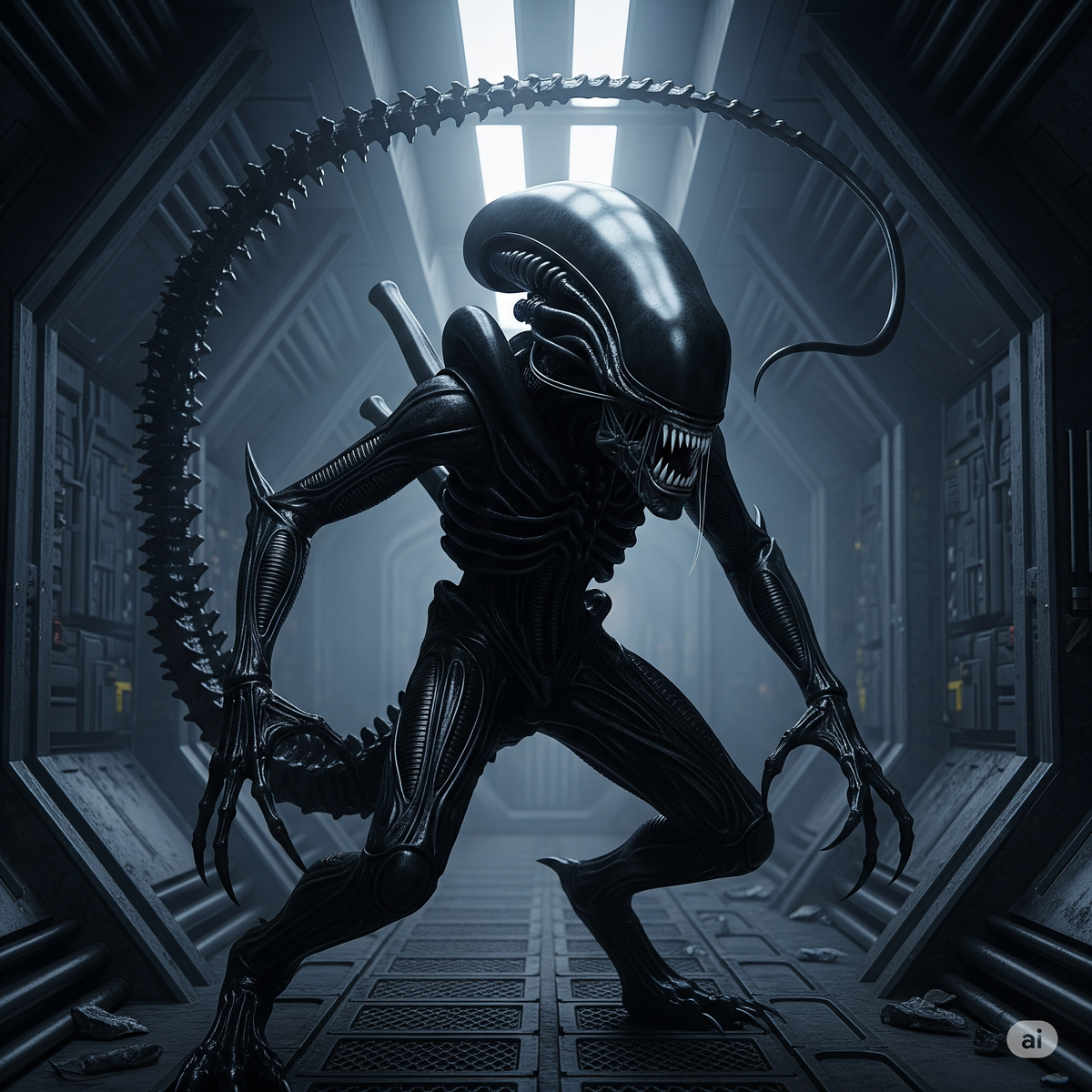10 Behind-the-Scenes Facts About Ridley Scott Movies
10 Facts About Ridley Scott

Early Hollywood Visit
Ridley Scott visited Hollywood at 22, travelling by Greyhound bus and staying near Hollywood Boulevard. Decades later, he left his prints outside the Chinese Theatre.
Advertising Career
After working as a BBC set designer, Scott started an ad agency, directing iconic commercials like Apple’s 1984 Super Bowl ad, before transitioning to films.
Gladiator’s Battle Setup
The opening battle in Gladiator used 5,000 extras, realistic costumes, functional war machines, 16,000 arrows, and propane pipes for flame effects, filmed in England’s Bourne Woods.
The Duellists’ Improvisation
During The Duellists (1977), a horse’s unexpected behavior disrupted a proposal scene. Keith Carradine adapted, turning the moment into an improvised proposal on one knee.
American Gangster’s Challenges
American Gangster (2007) faced development issues, including Denzel Washington’s initial hesitation and multiple director changes before Scott took over.
Blade Runner’s Ending Struggles
Blade Runner (1982) went over budget due to its visuals. Studio pressure and crew exhaustion led to Rutger Hauer rewriting the iconic “Tears in Rain” monologue at 1 a.m.
Alien’s Xenomorph Design
For Alien (1979), Scott collaborated with H.R. Giger to create the Xenomorph using practical effects, including a costume and sheep intestines for the chestburster scene.
Thelma & Louise’s Casting
Geena Davis and Susan Sarandon were cast in Thelma & Louise (1991) after intense auditions. Their chemistry and feminist narrative made the film a landmark.
All the Money in the World’s Reshoots
After Kevin Spacey’s allegations, Scott replaced him with Christopher Plummer in All the Money in the World (2017), reshooting scenes in nine days for a timely release.
Black Hawk Down’s Realism
Black Hawk Down (2001) used real Black Hawk helicopters and military advisors to depict the 1993 Mogadishu battle accurately, capturing intense combat.